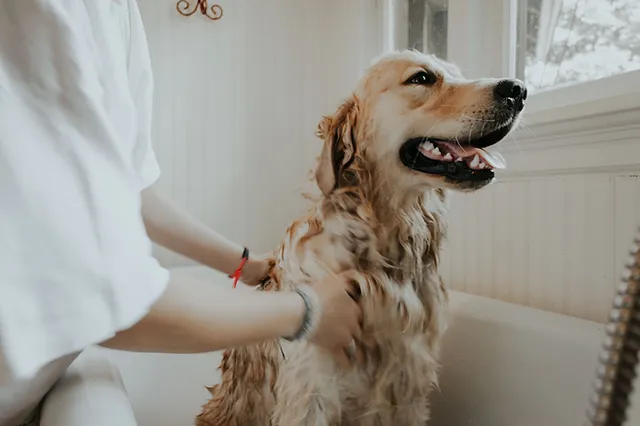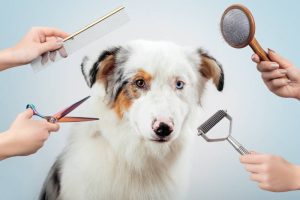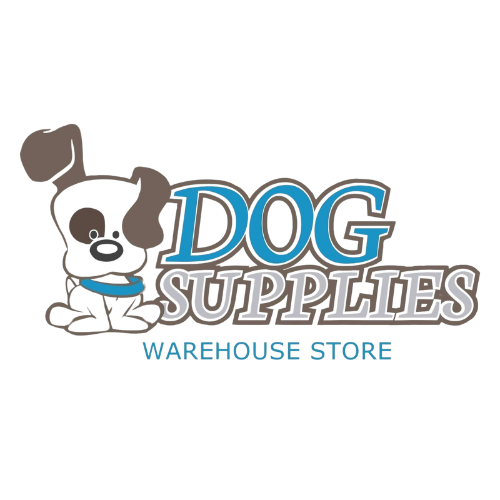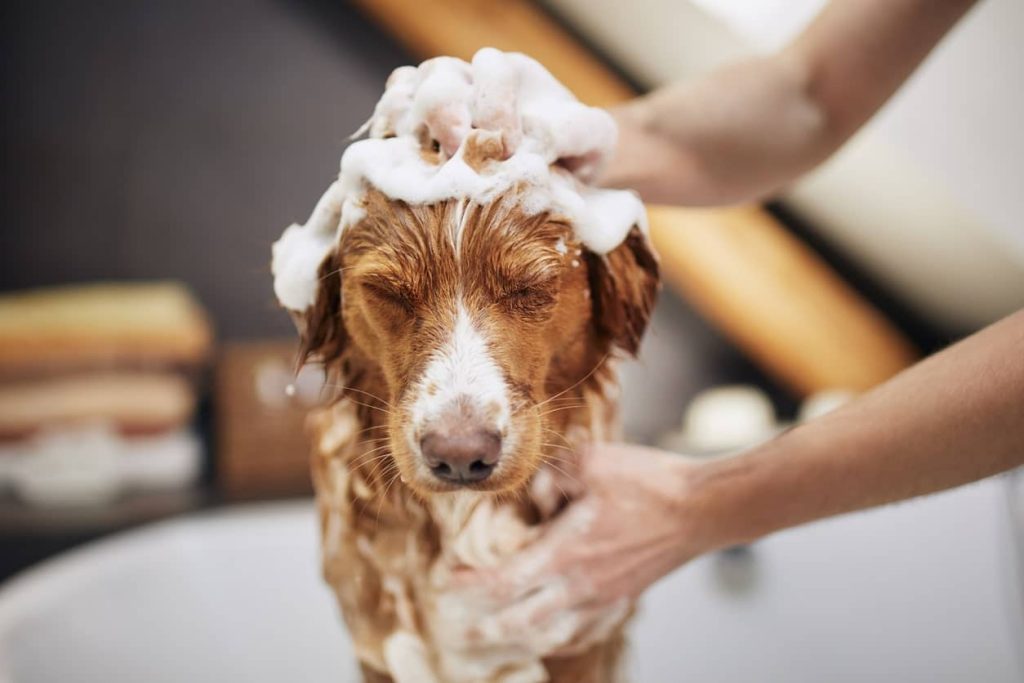Bathing your dog regularly is essential for maintaining their hygiene and keeping them free of dirt, grime, and unpleasant odors. However, not every dog owner knows how to properly bathe their dog to ensure they are both clean and fragrant. In this guide, we’ll walk you through everything you need to know about bathing your dog, from preparation to post-bath care, to ensure your furry friend smells fresh and feels great.
Importance of Bathing Your Dog
Regular baths are not just about keeping your dog clean; they play a crucial role in your dog’s overall health and well-being. Bathing helps to remove dirt, loose fur, dead skin cells, and parasites that could otherwise cause skin infections or irritation. It also reduces the risk of unpleasant odors, which is essential for a fresh-smelling home.
The frequency of baths depends on your dog’s breed, coat type, and activity level. Dogs with long or curly coats may need more frequent baths to prevent matting and dirt buildup, while short-haired breeds generally need fewer baths. A typical rule of thumb is to bathe your dog once every month, but this can vary depending on individual needs.
Beyond just hygiene, a clean and fragrant dog is more pleasant to be around. Maintaining your dog’s cleanliness through proper baths ensures that they not only look good but smell fresh as well, enhancing your bond with them and creating a more comfortable living environment.

Preparing for the Bath
Gathering Supplies
Before you start, gather all the necessary supplies:
- Dog-specific shampoo and conditioner: Human shampoos can strip away the natural oils in a dog’s coat, leading to dry skin or irritation. Choose a dog shampoo suited for your dog’s coat and skin type.
- Brushes: Use a brush to remove loose fur and detangle the coat before bathing.
- Towels and a non-slip mat: Bathing can get messy. A non-slip mat prevents your dog from slipping, and towels are crucial for drying afterward.
- Cotton balls: These are useful to protect your dog’s ears from water.
- Dog perfume or fragrance sprays: These can be applied after the bath to help maintain a pleasant scent.
Preparing the Bathing Area
Decide where you will bathe your dog. Smaller dogs may be easier to bathe indoors, while larger breeds might need to be bathed outside. If you choose to bathe your dog indoors, make sure the area is warm and comfortable. Fill the tub or bucket with lukewarm water, as water that is too hot or too cold can shock your dog and make them uncomfortable.
Grooming Before the Bath
Brushing your dog’s coat before the bath is important. It removes loose fur, dirt, and tangles, making the washing process easier. Additionally, check for any fleas, ticks, or skin irritations that might require special care during the bath. Trimming your dog’s nails before bathing also helps prevent accidental scratches.
Bathing Process
Step 1: Wetting the Dog’s Coat
Begin by gently wetting your dog’s coat. Use a shower hose if possible or a bucket if needed. It’s important to avoid spraying water directly onto your dog’s head to prevent water from entering their ears or eyes. Instead, use your hand to direct water across the coat in a way that ensures the dog remains calm and comfortable.
Step 2: Applying Shampoo
Once the coat is thoroughly wet, apply a small amount of dog shampoo. Always choose the right shampoo for your dog’s skin type—sensitive, dry, or oily—and avoid using human shampoos. It’s also a good idea to dilute the shampoo with water to make it easier to spread. Massage the shampoo into your dog’s coat, ensuring that it reaches down to the skin to remove dirt and oil effectively.
Step 3: Rinsing Thoroughly
Rinsing is one of the most crucial steps. If shampoo remains in your dog’s coat, it can cause skin irritation and itchiness. Use lukewarm water and rinse until you no longer see soap suds. Be especially careful when rinsing your dog’s head to avoid water entering the ears.
Step 4: Applying Conditioner (Optional)
For dogs with long or thick fur, using a dog-specific conditioner can help keep their coat smooth and shiny. It also makes future brushing easier by preventing tangling. Apply the conditioner just like the shampoo, then rinse thoroughly to avoid leaving behind any residue.
Drying and Post-Bath Care
Drying the Dog
After the bath, gently pat your dog down with towels. Be sure to absorb as much water as possible before using a blow dryer. If you choose to blow-dry, keep it on the lowest heat setting to avoid burning your dog’s skin. Allow your dog to shake off any excess water, but try to prevent them from running around too soon after the bath to avoid spreading water everywhere.

Post-Bath Grooming
Once your dog is dry, brush their coat again. This helps to remove any remaining loose fur and prevents mats from forming, especially for long-haired breeds. After brushing, you can apply a dog-safe deodorizing spray or fragrance to keep them smelling fresh.

Cleaning the Bathing Area
Don’t forget to clean the bathing area after your dog’s bath. This prevents bacteria buildup and ensures the space is ready for future use. Rinse away any leftover soap and fur to avoid clogging drains.
Tips for Making Bath Time Enjoyable
Positive Reinforcement
Dogs often get anxious during bath time, so it’s important to keep the experience positive. Use treats, praise, and gentle encouragement to reward your dog throughout the process. This helps them associate bath time with positive feelings and reduces stress.
Handling Nervous Dogs
If your dog is particularly nervous, introduce them to water slowly. Start by using small amounts of water and build up to full baths. Some calming products, like lavender sprays or calming oils, can be used to help relax your dog.

Common Bathing Mistakes to Avoid
Bathing Too Often
Over-bathing can strip away the natural oils from your dog’s skin, leading to dryness and irritation. Make sure not to bathe your dog too frequently—about once a month is usually enough unless your dog gets particularly dirty.
Not Rinsing Thoroughly
Rinsing thoroughly is essential to prevent skin issues caused by leftover soap. Make sure all the shampoo and conditioner are completely rinsed out, especially in hard-to-reach areas like under the legs or around the neck.
Using the Wrong Products
Always use dog-specific products. Human shampoos and conditioners can disrupt your dog’s skin pH balance and lead to irritation. Ensure you choose shampoos formulated for your dog’s specific needs.
Forgetting Sensitive Areas
Pay special attention to sensitive areas like the eyes, ears, and nose. Gently wipe these areas to avoid getting water inside. Use a damp cloth for cleaning the face instead of directly spraying water.
Bathing your dog doesn’t have to be a stressful task. With the right preparation, tools, and technique, you can keep your dog clean, healthy, and smelling fresh. By following a regular bathing schedule and using dog-specific products, you ensure that your furry friend remains happy and comfortable. Remember, bath time is not just about cleanliness—it’s a chance to bond with your dog and make them feel their best!

After 5 years in a high pace business management role, I partnered with an e-commerce developer to start building Dog Supplies Warehouse.
Our number one goal is to make sure all products are managed and delivered to our customers door fast and accurately.

